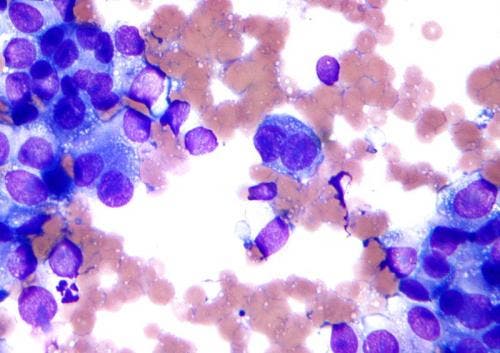The risk of possibly the most dangerous type of cancer out there, melanoma, is greatly increased by exposure to sun in early adulthood. According to a new study conducted on Caucasian women, five or more blistering sun burns may increase the risk of melanoma by 80 percent.
“Our results suggest that sun exposures in both early life and adulthood were predictive of nonmelanoma skin cancers, whereas melanoma risk was predominantly associated with sun exposure in early life in a cohort of young women,” said Abrar A. Qureshi, M.D., MPH, professor and chair of the Department of Dermatology at Warren Alpert Medical School of the Brown University and Rhode Island Hospital in Providence.
The study was conducted on 108,916 Caucasian registered nurses for about 20 years, and showed that aside for the melanoma risk, five or more blistering sun burns also lead to a 68 percent increased risk for basal cell carcinoma (BCC) and squamous cell carcinoma (SCC) of the skin. After reaching adulthood, even increased exposure to sunlight doesn’t increase the risk of melanoma, but it does increase the risk of BCC and SCC.
“Pattern of sun exposure was not uniformly associated with the risk for all the three main skin cancers we see in the United States, suggesting that there are some differences in the pathophysiology of these skin cancers,” said Qureshi. “An individual’s risk of developing skin cancer depends on both host and environmental risk factors. Persons with high host-risk traits, such as red hair color, higher number of moles, and high sunburn susceptibility, should pay more attention to avoid excessive sun exposure, especially early in life.”
Melanoma is less common than other skin cancers. However, it is much more dangerous if it is not found in the early stages. Researchers hope to provide better insights regarding the prevention of melanoma..
“Parents may need to be advised to pay more attention to protection from early-life sun exposure for their kids in order to reduce the likelihood of developing melanoma as they grow up,” said Qureshi. “Older individuals should also be cautious with their sun exposure, because cumulative sun exposure increases skin cancer risk as well.”










